lashai

Man Ray, born Emmanuel Radnitzky, was an American visual artist who played a significant role in the Dada and Surrealist movements. His pioneering efforts in photography, alongside his work in painting and sculpture, have cemented his place as a major figure in modern art. Known for his innovative techniques and the ability to convey complex ideas through simple, striking visuals, Man Ray's contribution to the art world is profound.
Throughout his career, Man Ray was celebrated for his avant-garde approach and his ability to transcend traditional boundaries between different artistic mediums. His photography, characterized by experimental techniques such as solarization and rayographs (cameraless photographs), challenged conventional perceptions of photography as merely a means of representation. These artistic innovations made him a central figure in both Parisian and American art circles.
Man Ray's works are housed in some of the world's most prestigious museums and galleries, including the Museum of Modern Art in New York and the Centre Pompidou in Paris. His pieces, such as "Le Violon d'Ingres" and "Noire et Blanche," are iconic images that continue to influence artists today. His ability to blend the abstract with the realistic, and the humorous with the serious, has left a lasting legacy in the world of art.
For collectors and experts in art and antiques, the work of Man Ray offers a glimpse into the revolutionary changes that shaped the visual arts in the 20th century. His unique perspective and pioneering techniques continue to inspire and challenge those interested in the boundaries of creativity and expression.
If you're passionate about the avant-garde, or simply wish to explore the fascinating world of Man Ray further, sign up for our updates. You'll receive alerts on new product sales and auction events related to Man Ray, ensuring you never miss an opportunity to engage with the legacy of this extraordinary artist.




Fernando Botero Angulo was a Colombian painter and sculptor, celebrated for his volumetric stylization of figures and objects in his works. Born in Medellín, Colombia, Botero's signature style, known as "Boterismo", portrays people and animals in exaggerated and inflated shapes, often conveying social criticism or humor.
Fernando Botero's journey into the art world was marked by his early rejection of traditional artistic paths, opting instead to explore an innovative style that would later dominate his career. His art, infused with a mix of political satire and playful humor, has graced numerous galleries and public spaces worldwide. Notable public installations include his sculptures in Park Avenue, New York City, and the Champs-Élysées in Paris. His works are in the collections of many major international museums and have fetched high sums at auctions.
Fernando Botero's ability to capture the human condition through rounded, corpulent figures has endeared him to a global audience. His notable works such as "The Presidential Family" and "The Death of Pablo Escobar" are poignant commentaries on Colombian politics and society. Furthermore, Botero donated significant numbers of his works to Colombian museums, enriching the cultural heritage of his native country.
His influence extends beyond paintings and sculptures, as Fernando Botero has also engaged with social issues through his art. His series on Abu Ghraib prison abuses reflects his commitment to human rights and his capacity to address painful subjects through his distinct aesthetic.
For those interested in the vibrant world of art and culture, Botero's work remains a testament to the power of visual satire and cultural commentary. To stay updated on exhibitions and auctions featuring Fernando Botero’s works, sign up for alerts and dive deeper into the rich legacy of this monumental artist.
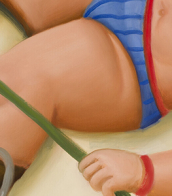












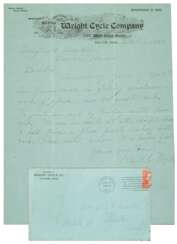

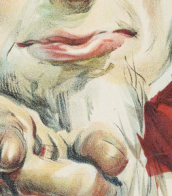






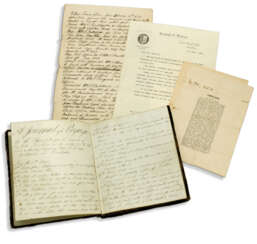






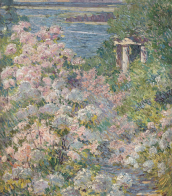



![[BRITISH ANTARCTIC EXPEDITION, 1910-13]](/assets/image/picture_2279626/cc016/741144b8aa88107ed825d7d099e265251657663200jpg__fix_374_244.jpeg)
![[BRITISH ANTARCTIC EXPEDITION, 1910-13]](https://veryimportantlot.com/assets/image/picture_2279626/cc016/741144b8aa88107ed825d7d099e265251657663200jpg__fix_374_244.jpeg)

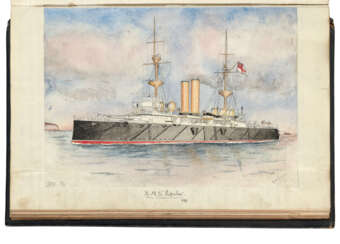

![[BRITISH ANTARCTIC EXPEDITION, 1910-13] – CHARCOT, Jean-Baptiste (1867-1936)](/assets/image/picture_2279210/1d586/5b2d1f36cbff007a105f6c496bad72fd1657663200jpg__fix_374_244.jpeg)
![[BRITISH ANTARCTIC EXPEDITION, 1910-13] – CHARCOT, Jean-Baptiste (1867-1936)](https://veryimportantlot.com/assets/image/picture_2279210/1d586/5b2d1f36cbff007a105f6c496bad72fd1657663200jpg__fix_374_244.jpeg)
![[BRITISH ANTARCTIC EXPEDITION, 1910-13]](/assets/image/picture_2279337/ef202/31d22c2dbbab34e6d452762acade5c791657663200jpg__fix_374_244.jpeg)
![[BRITISH ANTARCTIC EXPEDITION, 1910-13]](https://veryimportantlot.com/assets/image/picture_2279337/ef202/31d22c2dbbab34e6d452762acade5c791657663200jpg__fix_374_244.jpeg)
![[Shackleton, Ernest (1874-1922)]](/assets/image/picture_2279438/d5454/9ac54740b0dc2741d4116eac1f21eaec1657663200jpg__fix_374_244.jpeg)
![[Shackleton, Ernest (1874-1922)]](https://veryimportantlot.com/assets/image/picture_2279438/d5454/9ac54740b0dc2741d4116eac1f21eaec1657663200jpg__fix_374_244.jpeg)
![[BRITISH NATIONAL ANTARCTIC EXPEDITION, 1901-1904]](/assets/image/picture_2279530/a4079/6c9d83971fca530595f662df664ec5dc1657663200jpg__fix_374_244.jpeg)
![[BRITISH NATIONAL ANTARCTIC EXPEDITION, 1901-1904]](https://veryimportantlot.com/assets/image/picture_2279530/a4079/6c9d83971fca530595f662df664ec5dc1657663200jpg__fix_374_244.jpeg)
















